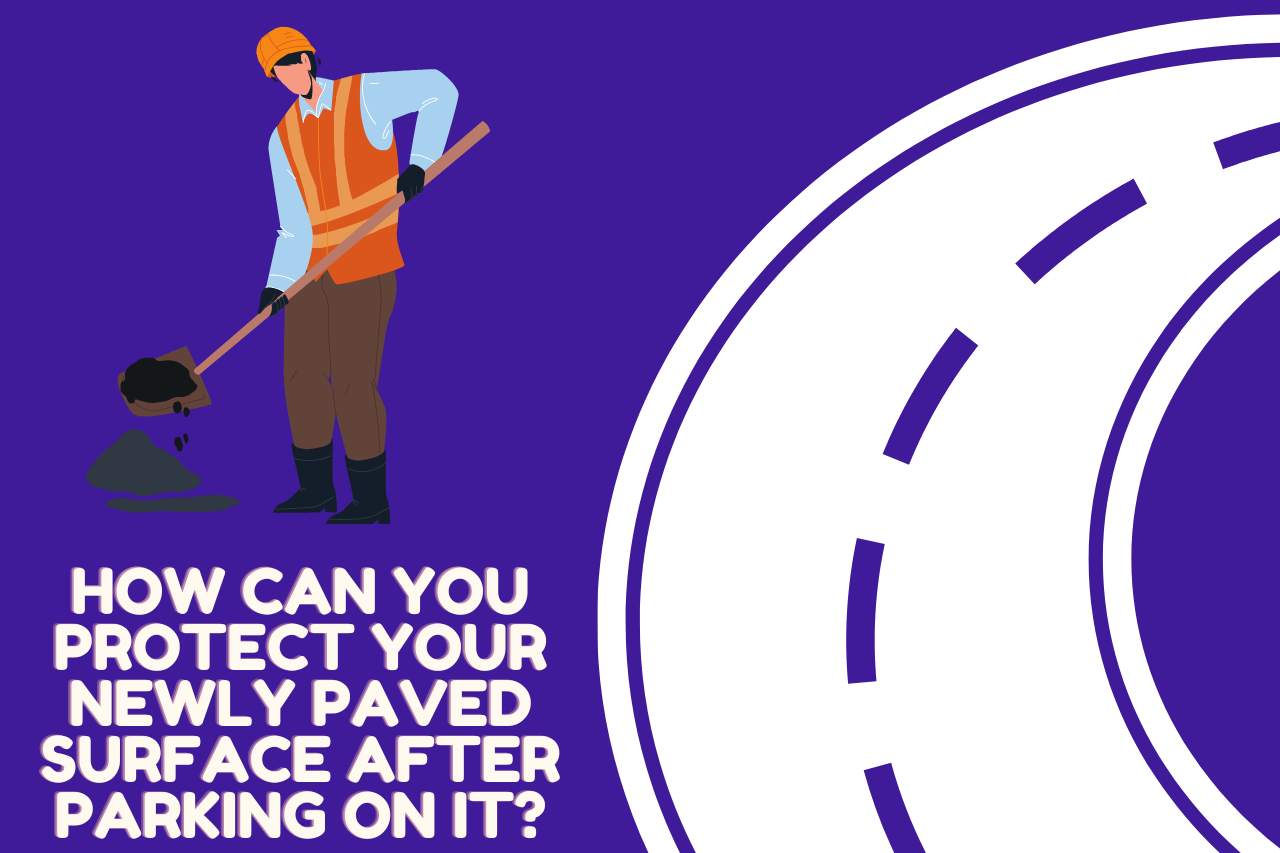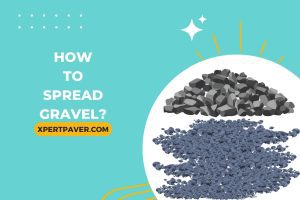If you are planning to pave your driveway, you should know how long after paving you can park on it. Generally, it is best if you can wait about 14 days. But there are consequences and possibilities that the mentioned time period can be changed because of different factors. In this article, we are going to talk about a newly paved asphalt driveway. Therefore, it is necessary to know the time taken to guarantee that there won’t be any damage when parking on the asphalt. We are confident that you will be able to find all the answers to your questions about a newly paved driveway.
How Long Do you Need to Wait Before Parking on a Newly Paved Surface?
At least you should wait 72 hours before parking on a newly paved surface. You might notice that the driveway is dried after about 24-48 hours. But that is only from the surface. So, it is advised to wait a minimum of 7 days before parking your vehicle. But still could not avoid the risk of being damaged.
The longer you keep the driveway dry, the longer you can use the driveway without damage. So, for the best results, try avoiding or parking on the newly paved driveway for at least about two weeks (14 days) time.
Normally, asphalt takes 6 to 12 months to dry away completely. This is because asphalt is used to construct roads in a fluid state. Therefore, after about 6-12 months, the road is dried completely from the inner core and is hardened enough to use in any aspect without getting damaged.
What Factors Affect How Long you Need to Wait Before Parking on a Newly Paved Surface?
There are a few factors that contribute to drying the newly paved roads. These factors mainly include climatic conditions. Also, the materials used in the paving process can also cause how much time you need to wait before parking.
- Humidity: If there are moisture and water droplets in the air, it can long the drying time.
- Temperature: If the temperature outside is around 80°C, the paved surfaces can dry out for some extent in three days. Also, the air temperature plays a main role here.
- Climate: If the climate is hot and sunny continuously throughout the days, the newly paved roads will dry out quicker than expected. But the rainy and cold conditions do the opposite by delaying the procedure.
- Equipment: Equipment used in the paving process can also cause the time to dry and harden. Usually, experienced paving companies have equipment that is professional and help in speeding up the drying of the pathways.
- Applying Method: It is better to contact an expert when paving the driveway. Because the way of applying asphalt can also be a reason for the drying time. If the layer of asphalt is thicker, it may take a long time period to dry.
How Can you Tell When It’s Safe to Park on a Newly Paved Surface?
If it is on a main road or somewhere, people drive more often; there will be clearly visible signs that tell when to use the road. But if it is your own driveway at home, you need to determine and identify this on your own.
For that, examine the surface appearance often. When the paving is drying after the process, it should give a uniform and solid surface without cracks or damage.
If you notice that the surface is sticky or soft, do not park as it is not completely cured. Additionally, check for if there are any fumes. If the road is not giving fumes, you can consider the path has been cured.
When the drying process is going on, if there is cold weather throughout the day, there is a possibility the newly paved surface is not completely dry even after a week. And if it is hard to say when it’s safe to park, contact a professional and ask for advice. Expert help can be a benefit to you!
What Can Happen If you Park on a Newly Paved Surface Too Soon?
It can damage the surface, and your money will be wasted. Until the surface and the layer of asphalt get hardened and stronger, it is better to avoid parking.
Parking on newly paved surfaces while it is still drying, can cause cracks in the road. If you park often, when the ground is still wet, dents may develop where the tires and wheels contact the asphalt surface. And after a while, that may lead to forming bigger puddles on the road. So, the driveway may not be long-lasting, and you will need to apply asphalt again in a short period of time.
Also, when parking too soon on newly paved surfaces, it will cause tire marks. Therefore, it is preferable to wait until the process is finished before using it.
How Can you Protect your Newly Paved Surface After Parking on It?
If the surface is still in the process of curing, it is best to park your vehicle in different areas on the driveway.
Parking in the same place can cause damage or cracks in that particular area if the driveway is not yet dried completely.

Avoid traffic on the newly paved surface until the surface is completely cured. Also, it is better if you don’t park heavy vehicles.
Do not turn the wheels when your vehicle is parked. It will dig the path to a certain extent causing cracks in the road. Also, check for any oil leakages in your vehicle before parking, as petrol or oil can harm the asphalt and delay the drying process.
Is It OK If It Rains After Paving?
No. There are many negative effects of rain on newly paved surfaces. Rain could cause oil to come to the surface through the asphalt. Contacting with oil will delay the curing and drying process of asphalt. Also, it may harm the quality of the final product. In addition, rain is a threat to the subsoil’s stability. So, check for the climatic and weather conditions before you start applying asphalt and paving.
What is the Fastest Way to Cure Asphalt?
The fastest way to cure asphalt is by applying a seal coat on the top of the asphalt layer. This will prevent UV rays and damage from water while acting as a wall between the asphalt and climatic conditions. The seal coat also helps to uniform the surface while sealing the cracks.
Watch this one,
Video Credits – MrADK25
You May Also Like
- Stop Sinking Pavers: Expert Tips for a Lasting Walkway
- How to Install Travertine Pavers? Essential Tips For Install!
- How to Grow Grass Between Pavers? From Weeds to Greens!
- Can you Play Basketball on Pavers? Some Facts About Pavers!!!
- How to Decide Between Bluestone Vs Pavers for Your Walkway or Driveway



